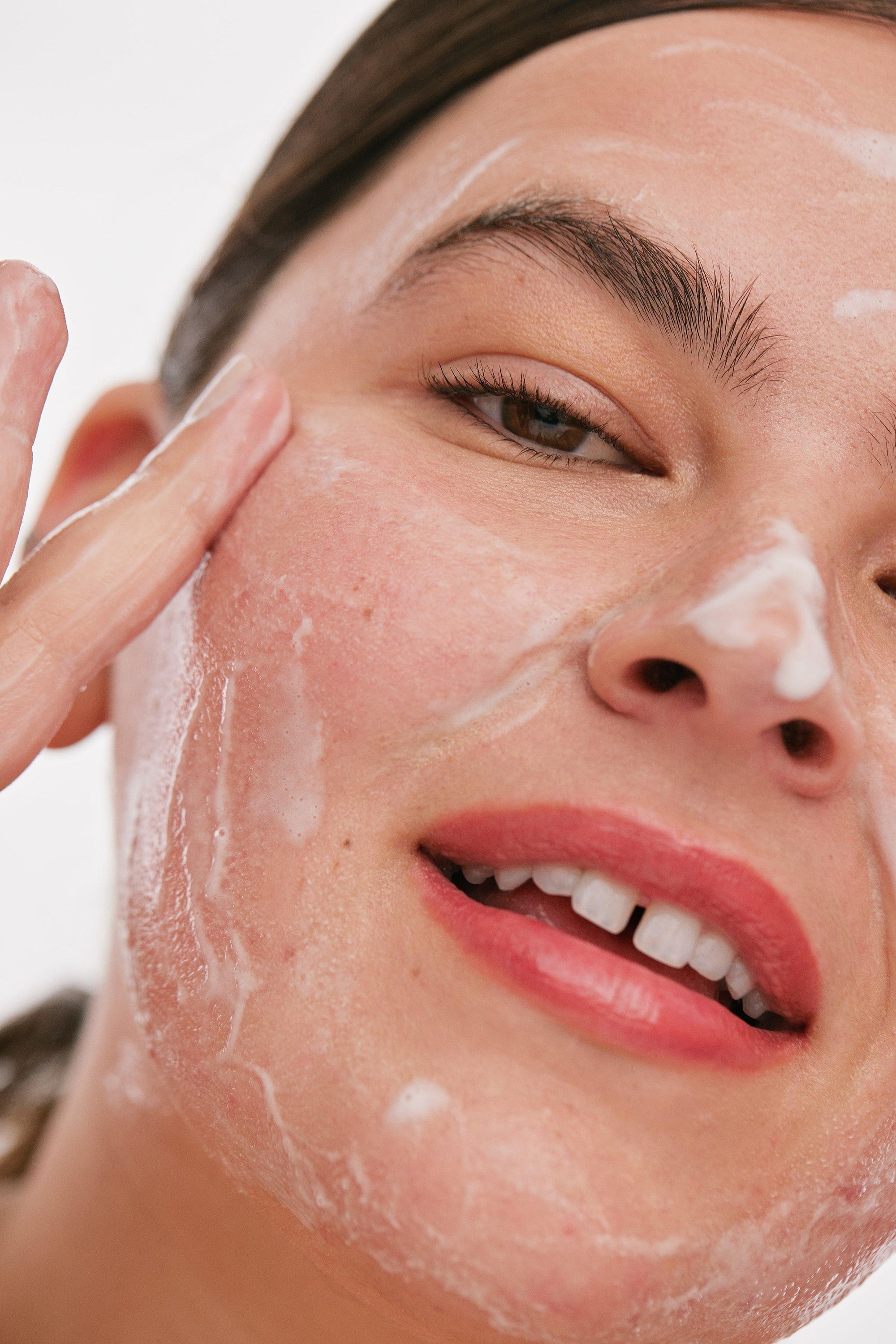

Our Skin’s Acid Mantle & Acne
When it comes to maintaining clear skin, we often hear about the importance of a balanced diet, hydration, and a consistent skincare routine. However, there is one critical component of skin health that is often overlooked—the acid mantle. The term ‘acid mantle’ was first introduced by physicians Heinrich Schade and Alfred Marchionini in 1928 after a decade of research on the concept.
What is Skin’s Acid Mantle?
The acid mantle is the thin, protective layer on the skin's surface that is made up of a combination of sebum, sweat, and natural acids. Its primary function is to help defend against harmful bacteria and other invaders that could compromise our skin's health. Studies have shown that when the acid mantle is disrupted by changes in pH, it can lead to an increase in bacterial growth, which can result in acne and breakouts (not to mention premature aging and irritated skin).
Maintaining a balanced acid mantle pH is crucial to keeping skin healthy and clear.
Skin’s Ideal pH Level
While the average pH range of healthy skin is 4.5-6, the pH levels of our skin can vary due to several factors, such as age, genetic predisposition, ethnicity, sebum, and skin moisture. But skin’s pH can also be imbalanced from detergents, cosmetics, soaps, and even some skincare. So, it’s essential to be mindful of the formulas we use and how they affect our skin's pH levels.
When the pH levels on our skin are too acid or too basic, our skin barrier is more susceptible to acne and breakouts.
How to Balance Skin’s pH
For acne-prone skin, it's important to choose products that are formulated with the skin's natural pH in mind. Avoid products that are too acidic or too basic. Instead, opt for products that are pH-balanced, between 4.5-6.
All of the formulas within the pH-In system maintain a balanced pH, to bring skin back to its natural levels for healthy, clear skin.
0 comments
Shop the article
Ready to take control of your skin?










